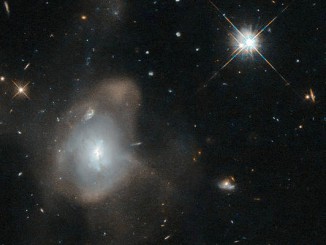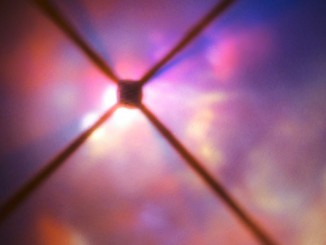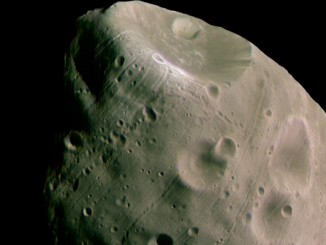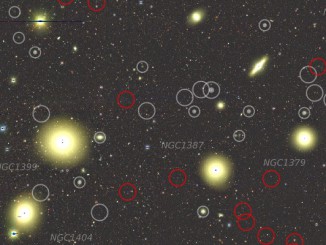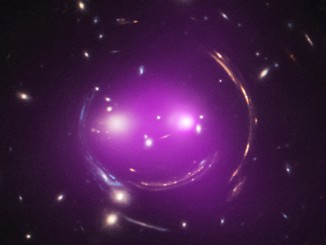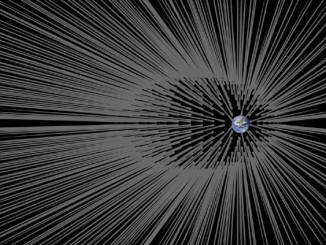
NASA’s James Webb Space Telescope receives first mirror installation
NASA has successfully installed the first of 18 flight mirrors onto the James Webb Space Telescope — the successor to Hubble — beginning a critical piece of the observatory’s construction. Targeted for launch in 2018, the telescope’s 18 primary mirror segments will work together as one large 21.3-foot (6.5-metre) mirror.


